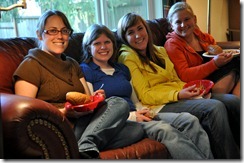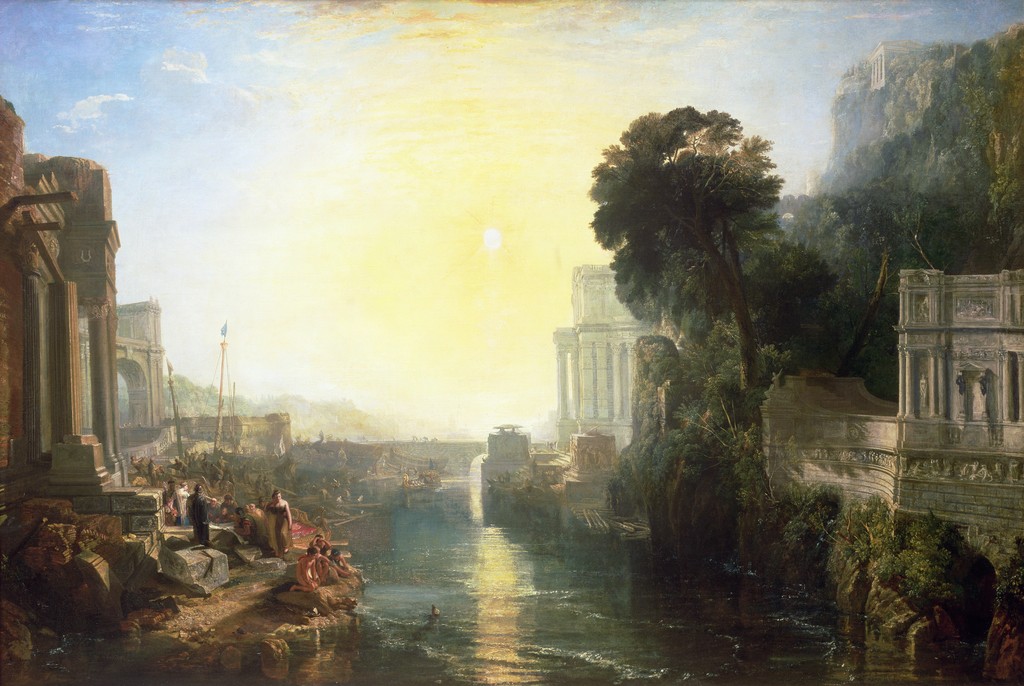
I was frustrated early today trying to transfer some of my 2010 photos. Now that they are all found, and I am processing and culling them, I love looking at my life in 2010 when our house was full of lovely people like these ladies on my couch.
"What makes the desert beautiful is that somewhere it hides a well" (The Little Prince by de Saint-Exupéry). One woman's journey to wellness through a well-adjusted heart, well-watered soul, well-educated mind, and well-tuned body. "Love the Lord your God with all your HEART, and with all your SOUL, and with all your MIND, and with all your STRENGTH" (Mark 12:30-31).
 I saw the movie in 1977 with my dear friends from our "Fearsome Foursome," Sandy, Bene, Betty, and me. Once we had a crazy late night when we started flickering lights saying, "It's medication time." You had to be there.
I saw the movie in 1977 with my dear friends from our "Fearsome Foursome," Sandy, Bene, Betty, and me. Once we had a crazy late night when we started flickering lights saying, "It's medication time." You had to be there.Born and raised in California, Texas and Iowa, Nancy’s was the third generation in a lineage of health food enthusiasts. In 1966, Nancy moved to Haight Ashbury in San Francisco to attend college. It was 1969 when she met Ken Kesey, counterculture leader and author of One Flew Over the Cuckoo’s Nest, and she was invited to take care of Ken’s Pleasant Hill, Oregon farm while he was in London recording stories with the Beatles. When Nancy heard Ken’s brother, Chuck, had a little creamery in Springfield, Ore., and was looking for a bookkeeper, she applied and soon found herself sharing her knowledge of making yogurt. (from:http://www.nancysyogurt.com/index.php/springfield-creamery/who-is-nancy)Ken was a brilliant author. The book was hard to put down and hard to take. I sobbed at the end. It isn't pretty. It has bad language and crass references, but just as the movie grabbed me in 1977, the book did the same.
 What a hauntingly beautiful play of family dysfunction. The whole time I was reading it I thought, "Sam Waterston would have been a perfect Tom in the movie version." Then, I get the movie, and he is Tom! I really and truly did not know it.
What a hauntingly beautiful play of family dysfunction. The whole time I was reading it I thought, "Sam Waterston would have been a perfect Tom in the movie version." Then, I get the movie, and he is Tom! I really and truly did not know it.I sing of warfare and a man at war.From the sea-coast of Troy in early daysHe came to Italy by destiny,To our Lavinian western shore,A fugitive, this captain, buffeted. . .Till he could found a city and bring homeHis gods to Laetium, land of the Latin race,The Alban lords, and the high walls of Rome.Tell me the causes now, O Muse, how galled. . .From her old wound, the queen of gods compelled him—. . . To undergo so many perilous daysAnd enter on so many trials. Can angerBlack as this prey on the minds of heaven? (I.1–19)One of the characters is Dido from Carthage. It was great that the "Art of the Day" today was this painting:

Tolstoy first read the philosophical dialogues of Plato, who lived from 427 B.C.E. to 347 B.C.E., in French translation as a young man. He returned to them when he learned to read Greek in the period just before writing Anna Karenina. Plato's dialogues showcase Plato's teacher, Socrates, often even presenting him in an almost beatific light. They usually also show Socrates in action—or rather in dialogue with his pupils. Using what has come to be known as the "Socratic method," Socrates does not come out and tell them the truth, but rather involves his pupils in the process. He asks a series of leading questions, designed to lead to the truth indirectly. Scholars have felt that Tolstoy engages in a similar process in his novels.
The two works that Tolstoy singles out, the Symposium and the Phaedo, are about love and death, respectively. These are two topics at the heart of Anna Karenina. In the Symposium, friends discuss different forms of love at a gathering that features drink and food. The dialogue culminates with Socrates advancing the notion that there is, in addition to physical love, a love of the soul. (He does not necessarily exclude physical love but suggests that under the right circumstances lovers may move from physical love to something higher.) Tolstoy pays direct tribute to the Symposium in Anna Karenina. Chapters 10 and 11 of Part One (pp. 33-43) are a remake of Plato's Symposium featuring Oblonsky and Levin, eating and drinking while discussing love. Oblonsky argues that there's nothing he can do about his sexual appetites and what's wrong with indulging in pleasure anyway? Levin takes a different line, arguing that love can be clear and pure. He even cites the Symposium to back it up (p. 42).
(Fun fact: I participated in Oprah's reading of Anna Karenina in 2004 and even was part of a video montage when the book was reviewed)
In the Phaedo, Plato meditates on death and the immortality of the soul. In this dialogue, Socrates and his friends gather together one last time in his prison cell. Socrates was tried and condemned to death by the Athenian state. (The parallels between what happened to him and what happened to Jesus were certainly not lost on Tolstoy.) The dialogue reenacts what takes place between him and his friends in his final hours as Socrates takes the poison hemlock that kills him. Socrates faces death with equanimity as he argues for the immortality of the soul. Facing death is a major concern of all of Tolstoy's writings and Anna Karenina is no exception. Part Eight shows Levin struggling to achieve a Socratic acceptance of his own mortality. Tolstoy pays tribute to Plato the philosopher by having a peasant with the same name—Platon is the Russian form of this name—serve as an example to Levin of what it means to love God and live for the soul. (p. 794)
Read more: http://www.oprah.com/oprahsbookclub/What-Was-on-Leo-Tolstoys-Bookshelf/8#ixzz1pooE8EGz
Back in the Pilates Saddle Whew! What a whirlwind week it has been. Busier than usual, but manageable. This is the first day that I don'...
